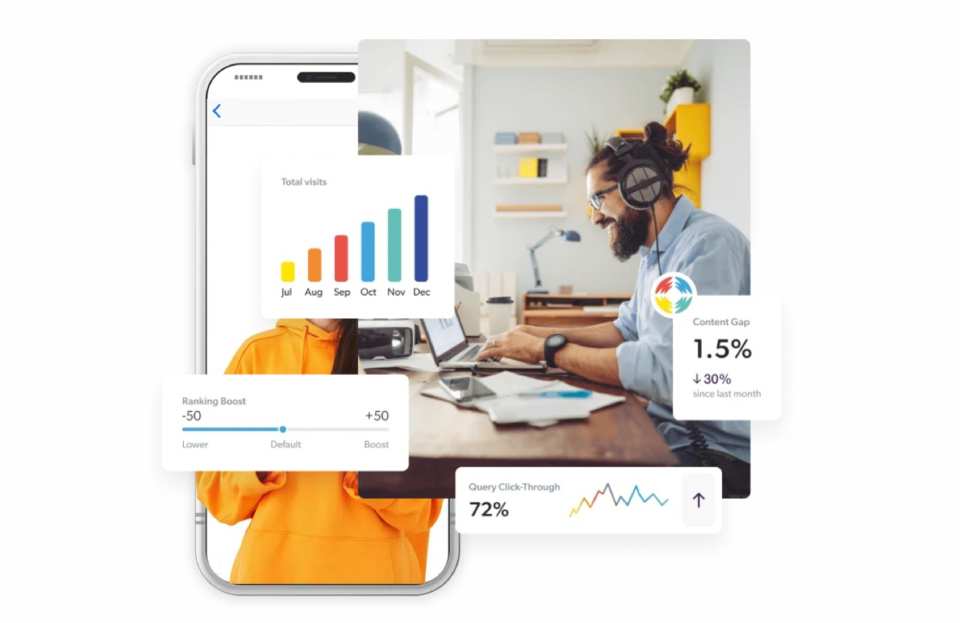
The Rise of AI Pluralism in Retail Decision-Making
The real AI revolution won’t come from a single omniscient model making all the right decisions—it will come from swarms of specialized AI agents, each tasked with interpreting the world through different lenses. A democracy of little software robots. Why? Because AI agents excel in tasks that require judgment—decisions that don’t have a single, clear-cut answer.
Now, imagine the huge impact agents can have on retail. Instead of a single AI model dictating the rules, brands can set up an agentic system—a collective of independent software robots, each pursuing a different strategic goal. One agent prioritizes growth at all costs—boosting engagement, acquisition, and virality while another optimizes for profitability—balancing margins, reducing discounting, and controlling customer acquisition costs. A third agent focuses on brand-building—ensuring product discovery aligns with long-term positioning. Finally, A fourth maximizes loyalty—favoring repeat customers, trust, and retention.
Each agent runs its model, comes to its own conclusion, and then they debate—like a miniature AI-powered boardroom. The final decision emerges from a dynamic, context-aware consensus, rather than a one-size-fits-all formula.
This isn’t just a theoretical exercise. It’s where AI is headed next. By introducing AI pluralism—where multiple agents provide competing perspectives—we move beyond simple automation and into true machine judgment. Retailers will no longer rely on one static "best practice," but will instead continuously negotiate with their own AI-driven ecosystem to find the best outcome for a given moment, customer, or strategy. AI in 2025 and 2026 won’t just be automating tasks—it will be democratizing decision-making. The future belongs to AI agents, aka “little software robots,” and the debates they’ll have.







